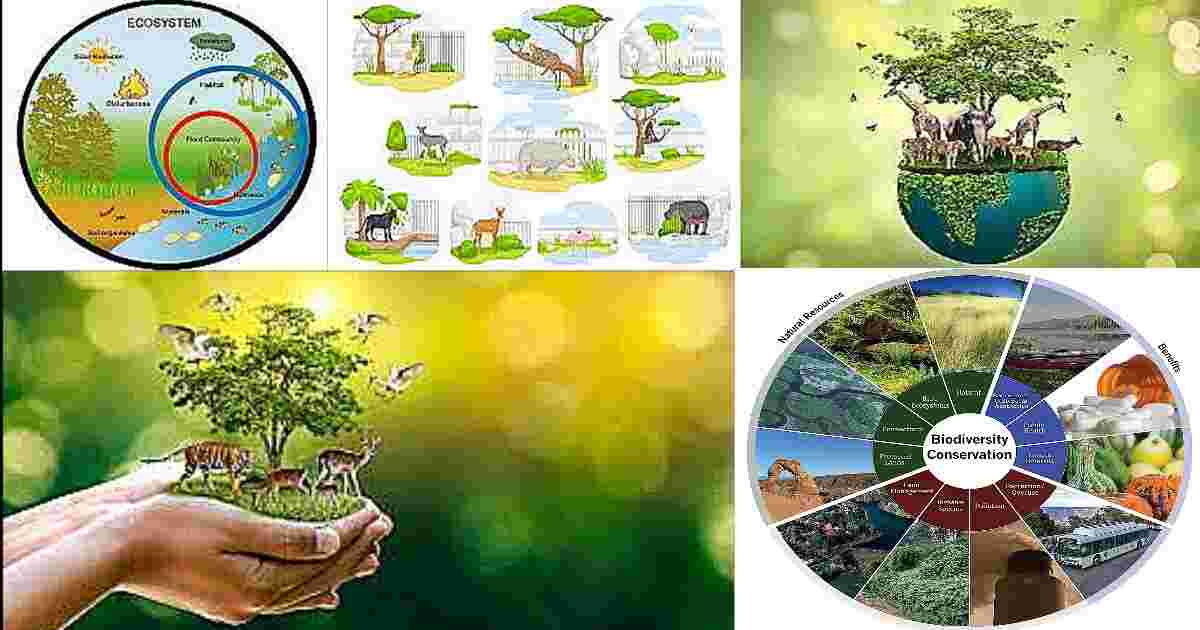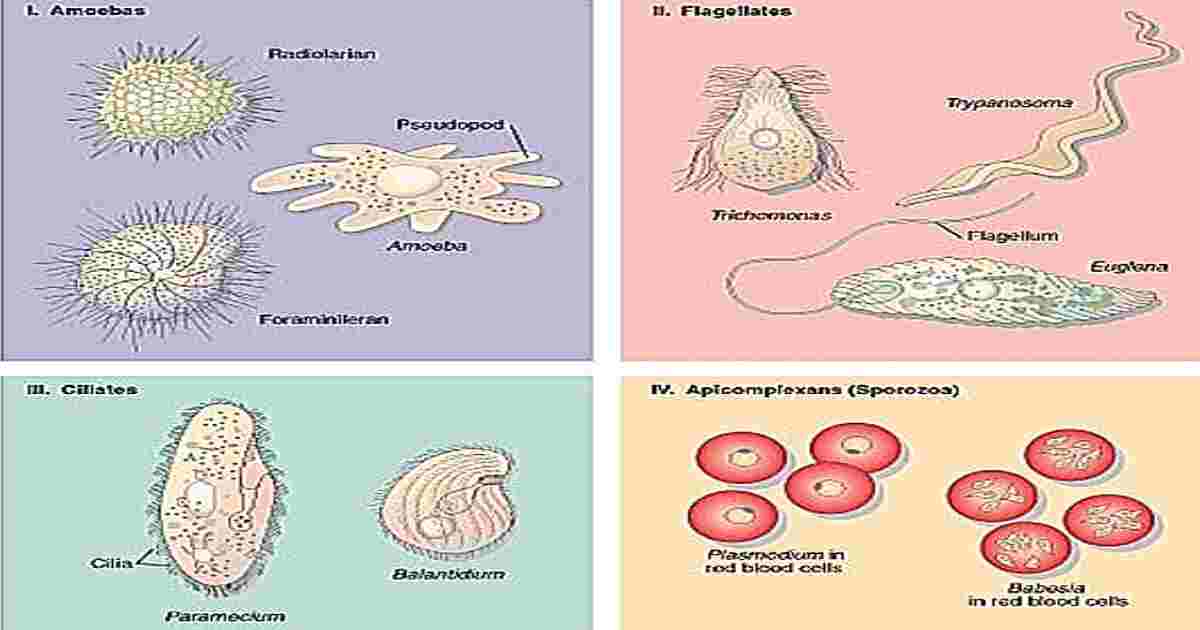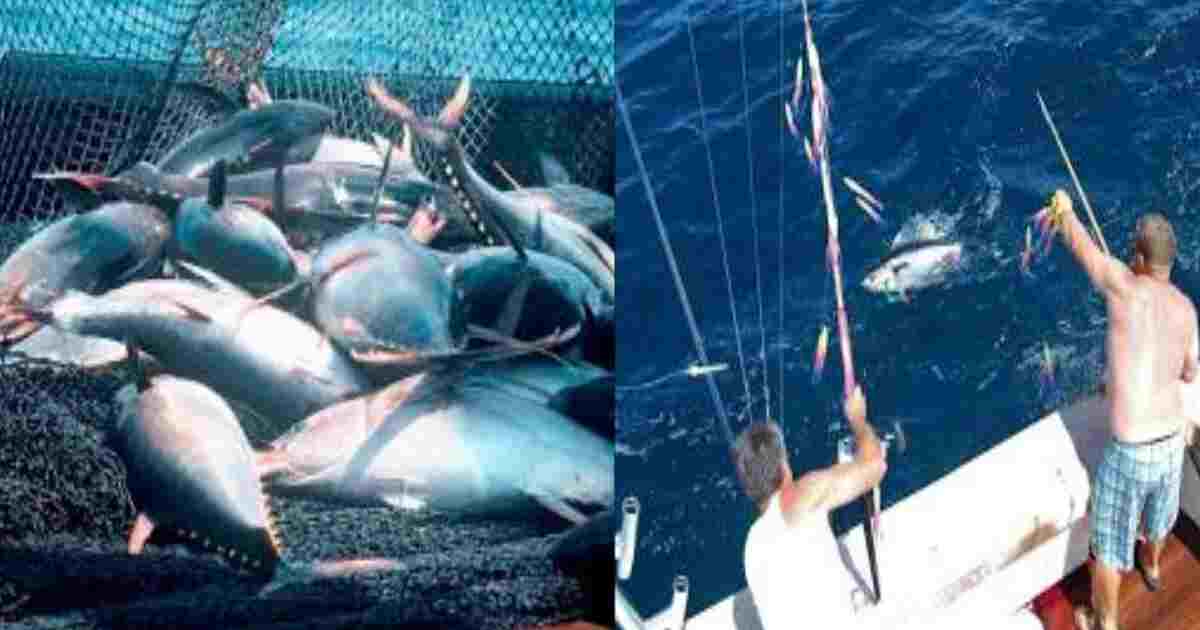Blue revolution: The blue revolution means the enhanced fish production mainly due to the aquaculture fish practices. The concept of rapid increase in the production of fish and marine product through package programme is called as blue revolution. It was launched during the 7th Five Year Plan that went on between 1985 and 1990 for the Fisheries and Aquaculture production in India. It not only ensures nutritional security among the population but also significantly contributes to the agricultural exports and provides gainful employment and livelihood support to more than 14 million people engaged in different fisheries activities. The Blue Revolution in India has been restructured and expanded under various schemes and initiatives, such as the National Fisheries Development Board, the Development of Inland Fisheries and Aquaculture, the Development of Marine Fisheries, and the Welfare of Fishermen
In order to utilize the large unexploited potential in fisheries and aquaculture in the country, and in pursuance of the decision of the Government of India. The National Fisheries Development Board (NFDB) was set up as a Registered Society at Hyderabad, under the administrative control of the Department of Animal Husbandry, Dairying and Fisheries, Ministry of Agriculture, Government of India, on 10th July 2006, for enhance fish production and productivity and to strengthen infrastructure facilities for overall development of fisheries sector. Presently aquaculture production in India of about 65% but the capture fisheries production only 35% hence, the capture fisheries having the huge scope for proper utilization of available resources under the blue policy of government of India.
Blue Revolution Vision
Creating an enabling environment for integrated development of the full potential of fisheries of the country, along with substantially improvement in the income status of fishers and fish farmers keeping in view the sustainability, bio-security and environmental concerns. ‘Blue Revolution: Concepts’
Objectives:
To obtain the full potential of the country both in the inland and the marine sector and triple the production by 2020.
To transform the fisheries sector into a modern industry with special focus on new technologies and techniques.
To double the income of the fishers and fish farmers with special focus on productivity and better marketing through postharvest infrastructure including e-commerce and other technologies and best international innovations.
To ensure the inclusive participation of the fishers and fish farmers through institutional mechanisms in the cooperatives, producer companies, and other structures.
To enhance the food and nutritional security of the country ‘Blue Revolution: Concepts
Measures:
- India had first launched the Blue Revolution during the SeventhFive-Year Plan that took place between 1985 and 1990. During this period, the government had launched the Fish Farmers Development Agency (FFDA). FFDA had improved the aquaculture by promoting new techniques for fish breeding, rearing, marketing, and exports.
- During the 8th Five Year Plan (1992-1997), the Intensive Marine Fisheries Programme was launched. This was done in collaboration with multinational companies.
- Fishing Harbours were established in Tuticorin, Porbandar, Kochi, Vishakhapatnam, and Port Blair.
- Research Centres were also established to increase the productivity of this sector.
- Government of India, National Fisheries Development Board (NFDB) was set up as a Registered Society at Hyderabad, under the administrative control of the Department of Animal Husbandry, Dairying and Fisheries, Ministry of Agriculture, Government of India, on 10th July 2006.
- The main objective of establishment of NFDB is to enhance fish production and productivity and to strengthen infrastructure facilities for overall development of fisheries sector.
- The State Governments have also contributed to the growth of this sector.
For enhancement the fisheries sectors and production the following agencies are implemented in country.
Implementing Agencies
- Central Government Institutes/ Agencies, NFDB, ICAR Institutes etc.
- State Governments and UT
- State Government Agencies, Corporations, Federations
- Fishers Cooperatives
- Individual Beneficiaries/Entrepreneurs ‘Blue Revolution: Concepts’
Budget:
The government has also allocated Rs.804.75 crore for the fisheries sector in the current fiscal year. Target: The aim is to expand the fish production to achieve the target of 15 million tonnes by 2020 under the blue revolution and raise it to 20 million tonnes by 2020-2023
Contribution:
- India is the world’s second-largest producer of fish with exports worth more than
Rs.47, 000 crore in 2017-18 and has the potential to be increased by Rs.4,50,000 crore. - In fact, Asian countries contribute to 90% of the aquaculture across the world.
- China by itself contributes more than 70% of the aquaculture.
- Fisheries are India’s single largest agriculture export.
- The US is the largest market for India’s seafood products.
- It obtains 26.08% of India’s maritime product exports.
- After the US, the Southeast Asian countries and the EU acquire 25.71% and 20.08% of
India’s maritime exports - It has a growth rate of 6%-10% in the last five years.
- This is far better in comparison with the farm sector during the same period with
growth by 2.5%. - India has an average annual growth of 14.8% in the production of fish and fish
products in the last decade. - This is higher than the global average of 7.5% during the same period.
- It is expanding at a rate of 6% annually. “Blue-Revolution”
Thus, it has a huge potential to address issues of employment opportunities of the marginal communities and the growing global demand for fish products.




